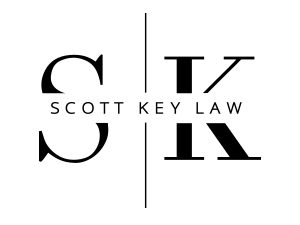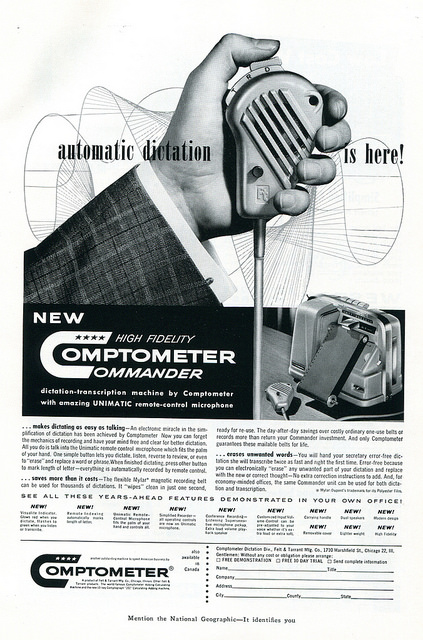Thoughts on Working On The Go and the Fluidity of The Office
I listened to a recent podcast where a ultrarunner Dean Karnazes talked (among other things) about how he writes books while he is running using the voice memos app that I am working on right now. He records notes and comes back and transcribes them when he is done with his run. This lets him be out and about and get work done at the same time.
I want to give this a shot. I think it’s important not to see work as modal but as something that can be done from virtually anyplace. I don’t know about writing briefs while running because the reference materials won’t be there (running while accessing LexisNexis may be a bridge too far). But a good bit of writing work could be done while on the go. I think one thing that keeps me from getting more done and which puts me in a place where I fill “dead time” by scrolling mindlessly through various feeds on my phone is that I wait for ideal circumstances before I try to get work done.
I cannot always be in an office nor do I want to be there; but, sometimes I won’t sit down and crank out work because I’m waiting to be in an office. And I think this was a very important podcast. Karnazes is interviewed by Rich Roll. He cannot imagine writing in any other form than at a desk in a traditional way. But he uses a standup desk and takes frequent breaks for HIIT workouts.
I’m new to the podcast interviewer and guest. But I want to check out books by both. I’m hopeful that the books are good (both authors have written bestsellers). If so, I will have more faith in the notion of working by dictation to oneself during a walk or run.
One of the better components of using the voice memos application on iOS (voice memos is a stock application that is built into the ipad and iphone. I’m sure Android must have something similar) is that you can now stop a recording, come back, and resume where you left off. Voice memos never had that before. When you pressed stop, there was no way to add to the project.
In a pinch, you could probably even record a podcast using the voice memos app. The sound quality would not be the best. But it has the advantage of letting you do a project that might otherwise be left undone. The voice memos app is a fine way to get a good bit of work done.
At first blush, I wondered “how can I outsource the transcription?” But I was asking the wrong question. The point is that you’re writing your first draft while hiking, running, running errands, or being stuck in a waiting room or long court calendar. The transcription is the second draft. It also seems to me that this form of getting work done also cuts down on the excuses in reverse. Just as you can write and run, you cannot use work as an excuse to sit around at your desk while you neglect your physical fitness.
My takeaway is that “work” and “the office” need not be a modal concept. “The office” is a mindset. “Work” is something that you do; it is only as place specific as you make it. The office is not merely a place that you go. I’m not saying that you must be on duty 24/7 or that you can never be in the office. But perhaps these things could be more fluid than we often see them. Maybe the office is the place you go because because you can only get few sets of specific things done there. Maybe it’s the place where the second draft gets written. The office is likely in your briefcase.
The Iliad and the Odyssey existed for generations as a completely oral work. Paradise Lost was dictated to a secretary. And Jimmy Carter’s presidential memoirs were largely dictated while he was in office. He wrote, in 2015, “One decision I made before leaving Washington was to write a memoir of my presidential years. I examined the voluminous diary notes I had dictated in the Oval Office and found that they comprised twenty-one volumes and more than a million words. I spent my first year reading them and writing about the most significant events. The resulting book, Keeping Faith, was a best seller.” While in The White House, Carter ran five to seven miles a day on weekdays and ten miles a day on Saturdays and Sundays. He ran with a military aid “who provided constant communication access between ma and agencies of the government and the outside world.”
Not only can you write some pleadings, letters, and emails while running, you can run a nation while you do so. I am going to give the non-modal approach a try.


